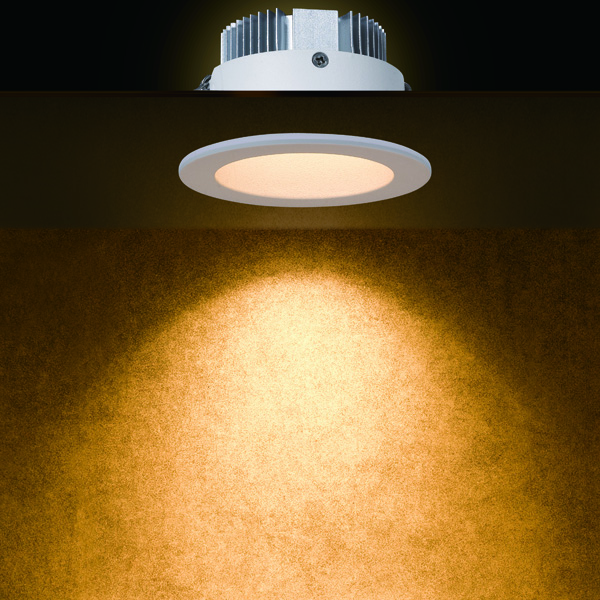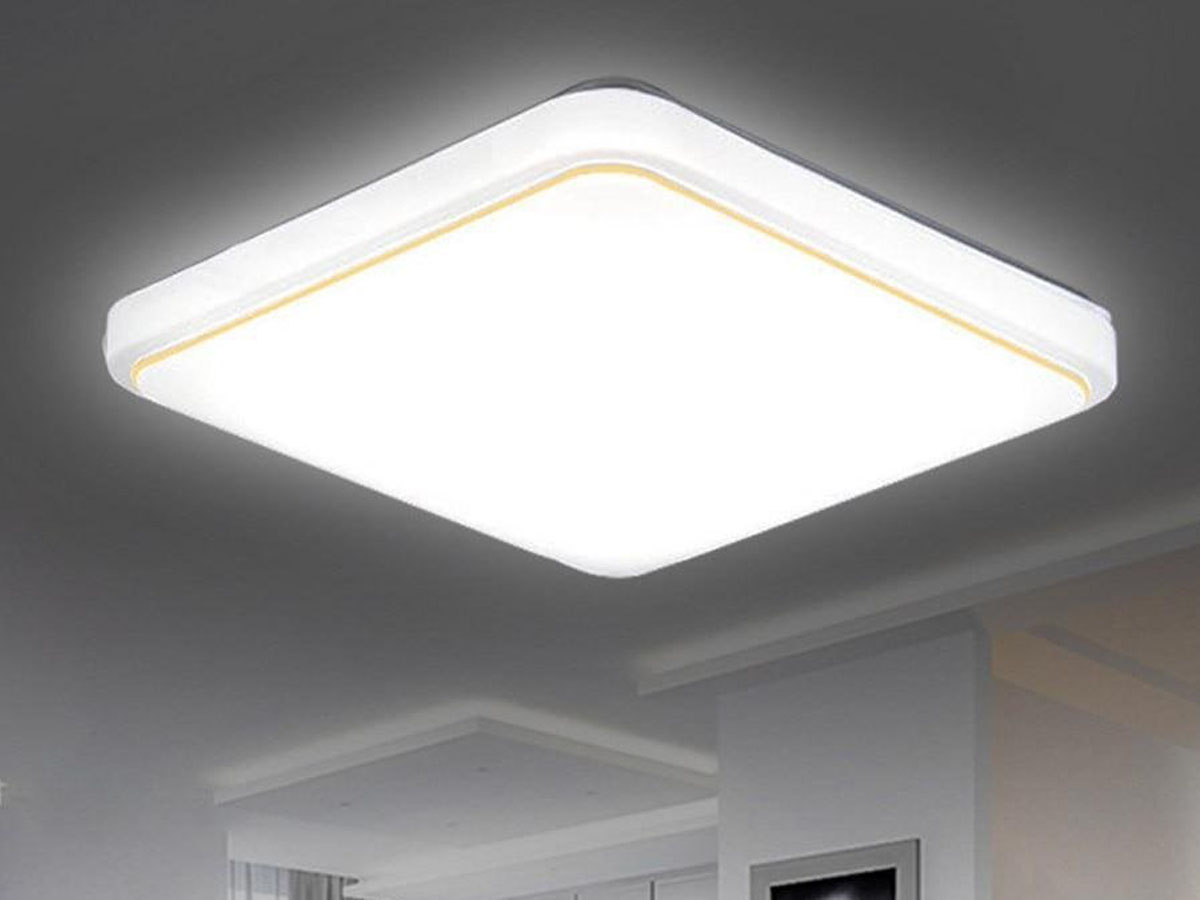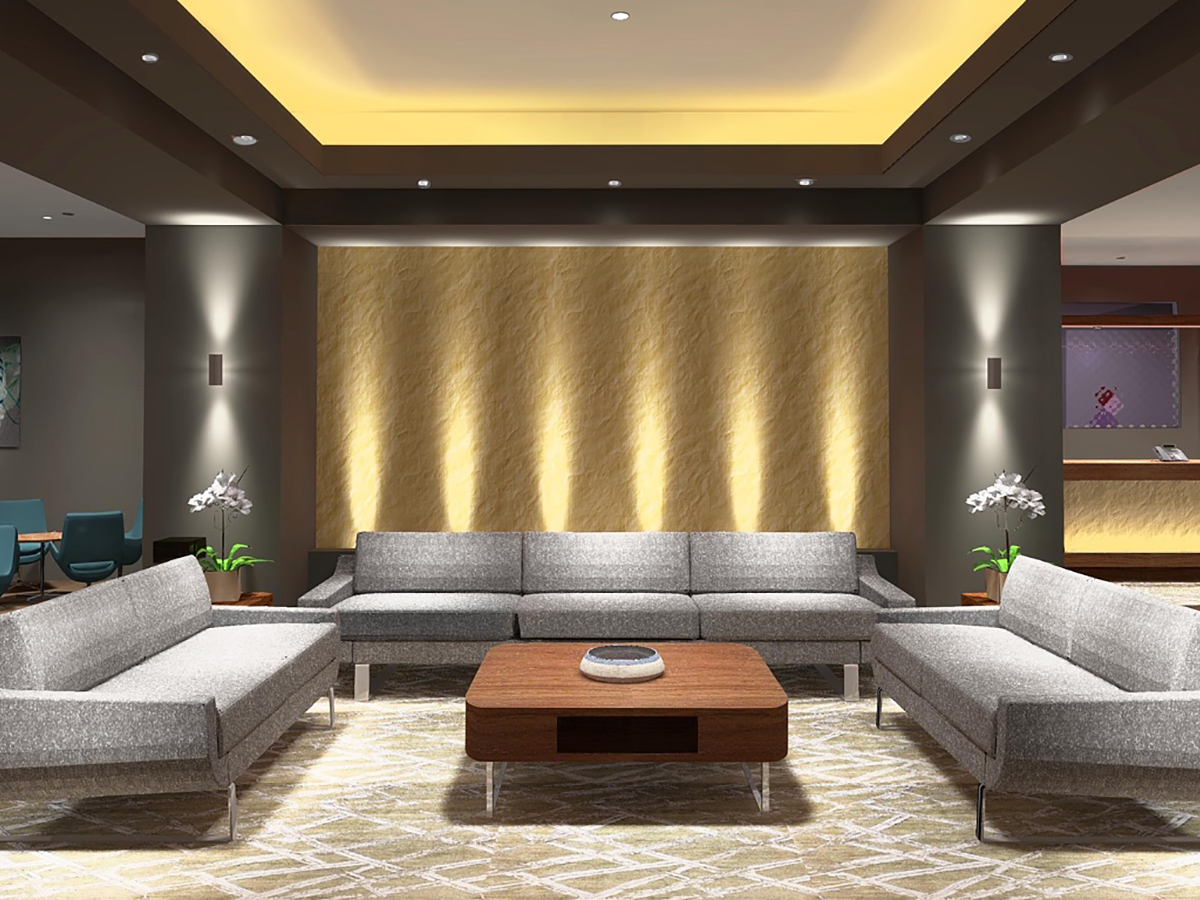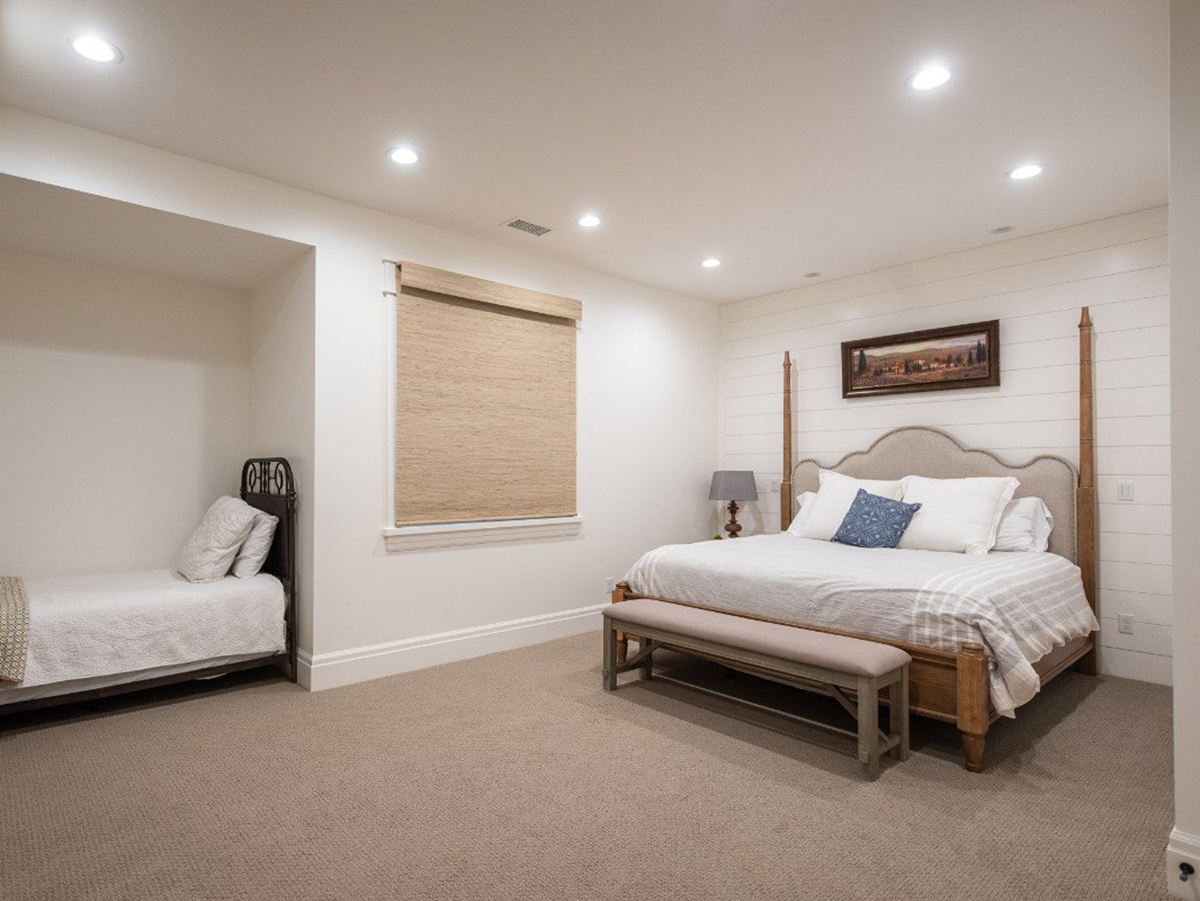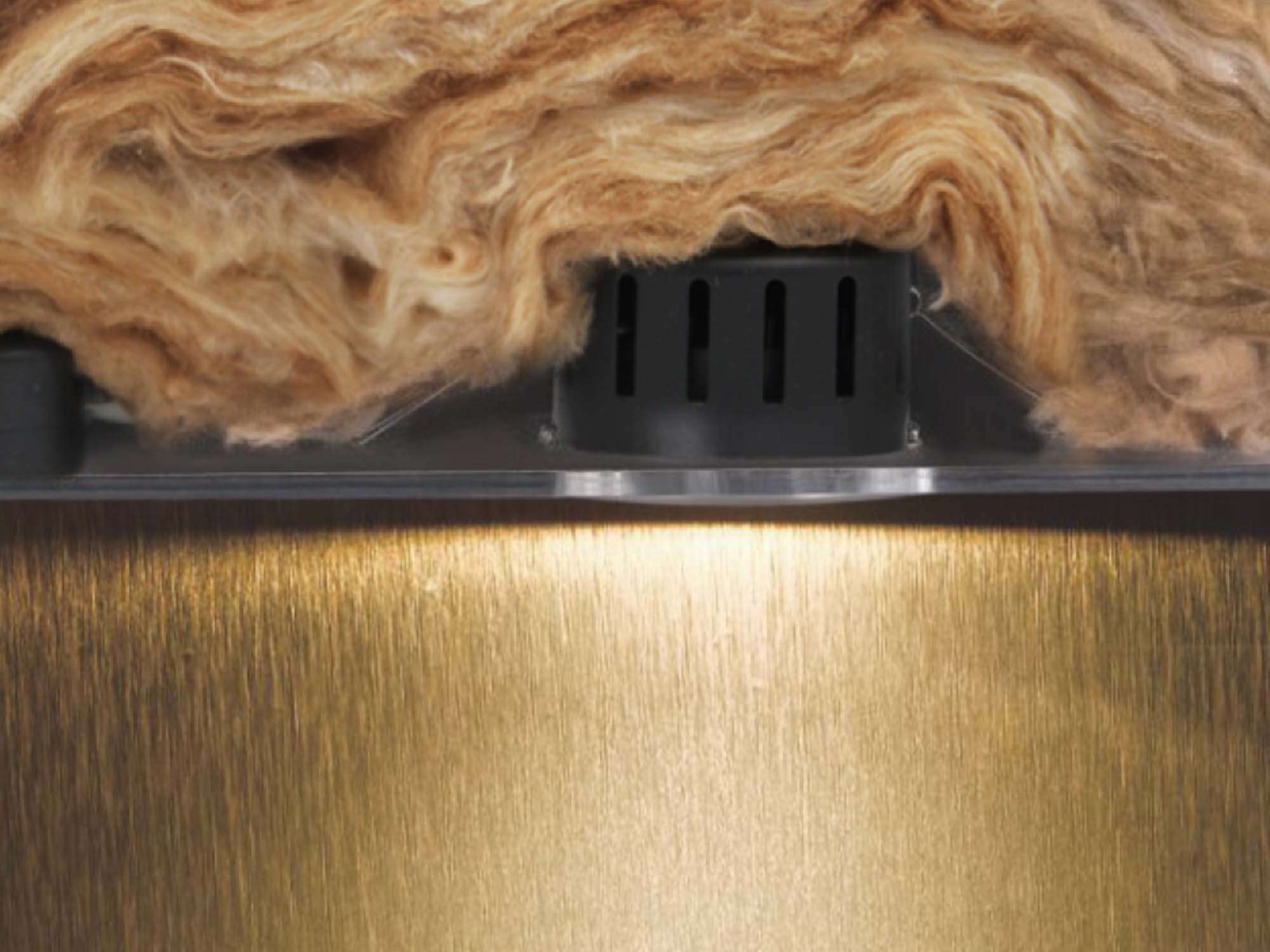UGR stands for Unified Glare Rating. The UGR rating helps to determine how likely a luminaire and its operation in a room are to cause discomfort to those around it, taking account of the eye level and direction of view of the user. The lower the value, the less discomfort the user will experience from the lighting. But what exactly is UGR?
What is the UGR value based on?
A number of factors are considered when determining the UGR value: the measurement point, reflection factors and the location and operation of the lighting product. The UGR value takes account of all these factors. The lower the lighting discomfort or glare, the lower the value.
Quality classifications
The UGR classification includes five different quality classes, 16, 19, 22, 25 and 28, indicating the maximal UGR value which is permissible in particular spaces. A luminaire with a UGR lower than 10 will create zero glare. |Anti-Glare led downlight
European Standard for interior lighting
What quality classification should be adopted as a minimum for different types of space? European EN standards have been formulated for this purpose. These apply to all European Member States. Standards Institutes are required to adopt the European standards in their national codes. For the Dutch market for example the European standards bear the coding NEN-EN. In Germany this is DIN-EN.
The UGR-L values for a range of spaces are set out in standard NEN-EN 12464-1. UGR-L stands for Unified Glare Rating Limit, the limit for the degree of glare.
• Technical drawing UGR <16
• Offices UGR <19
• Reception areas UGR <22
• Archives, stairs and lifts UGR <25
• Corridors and passageways UGR <28
